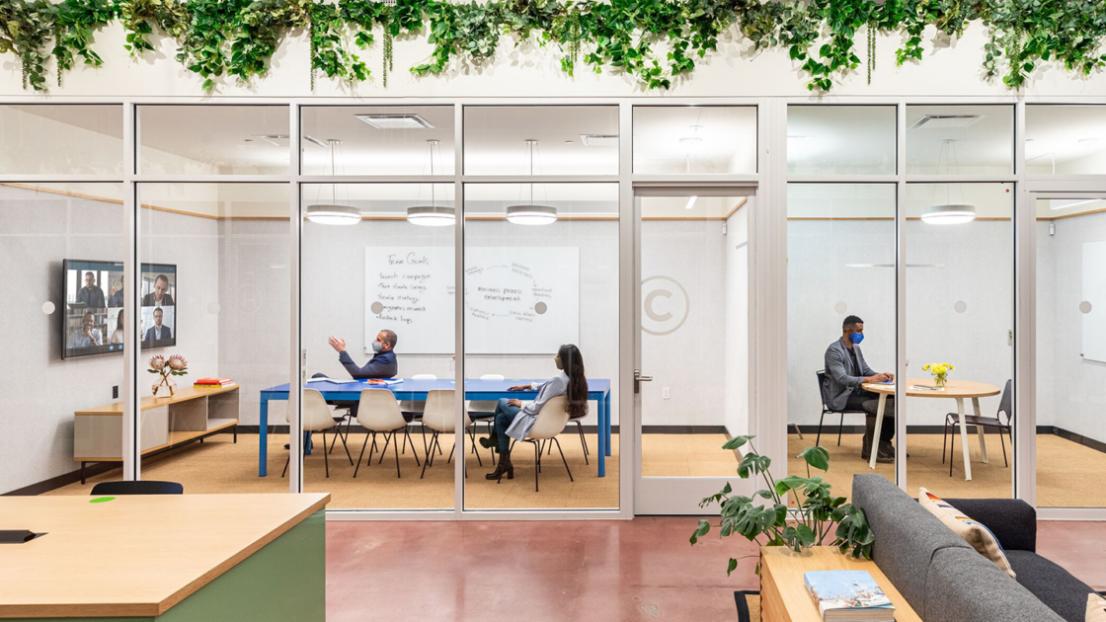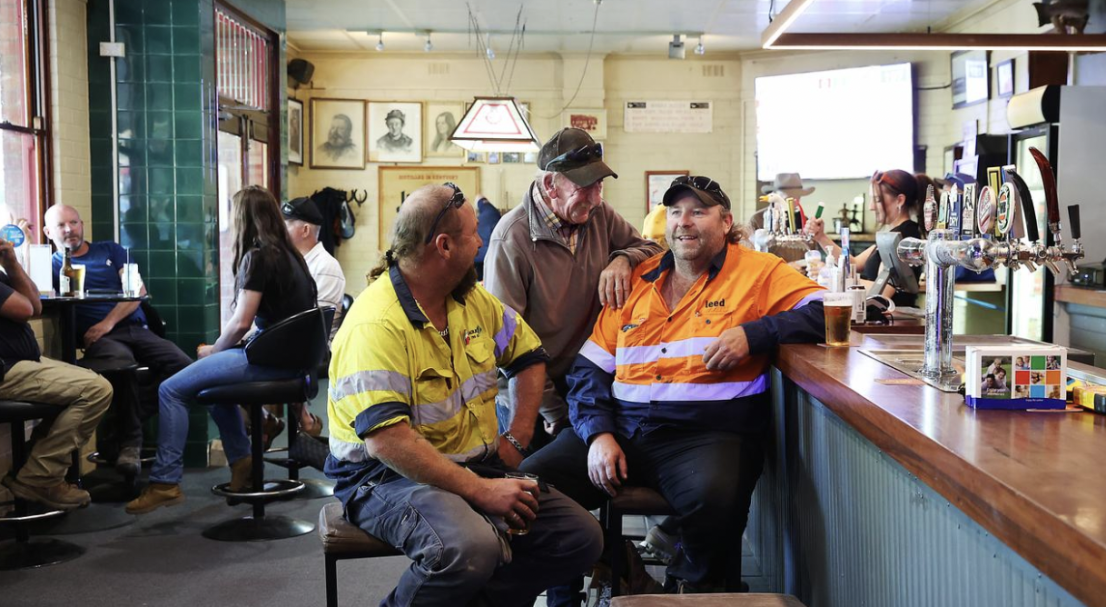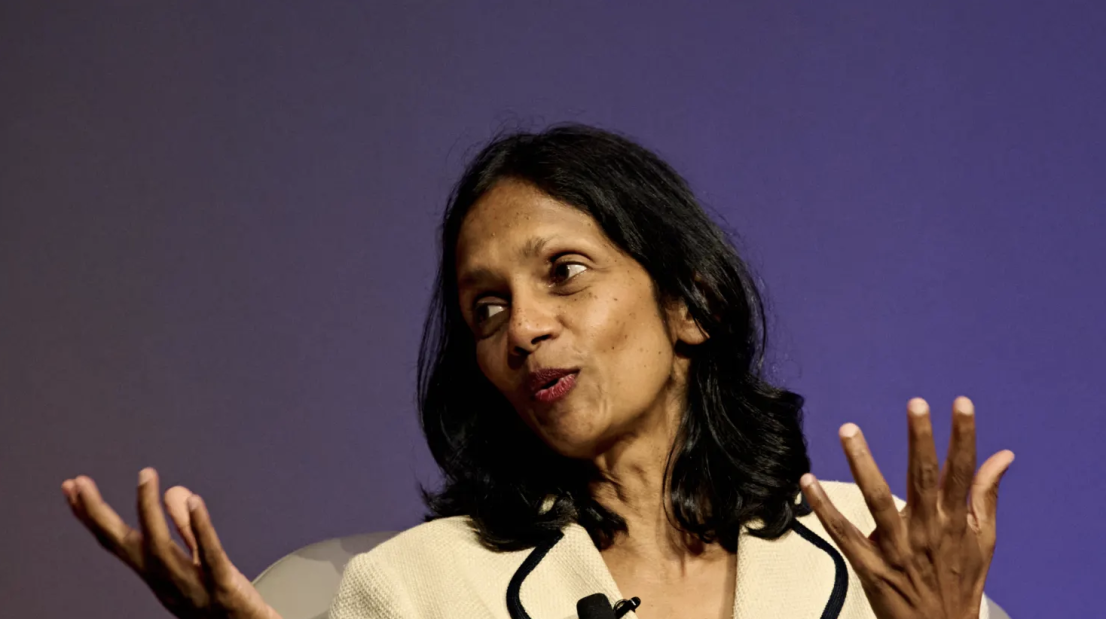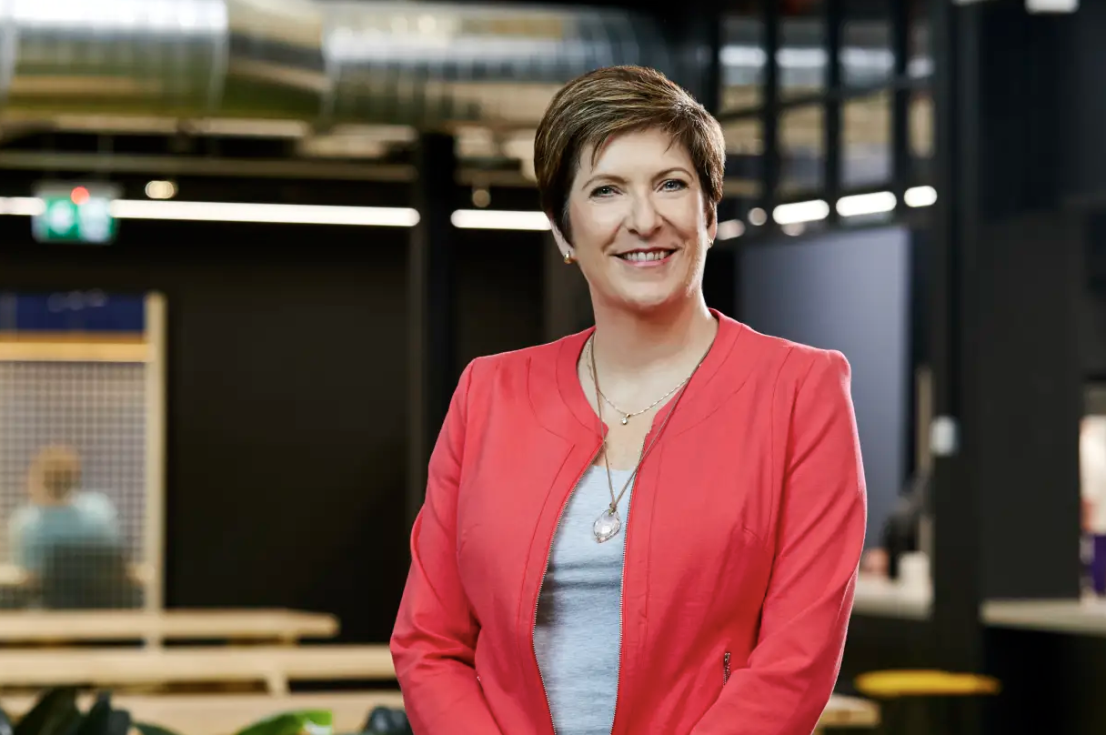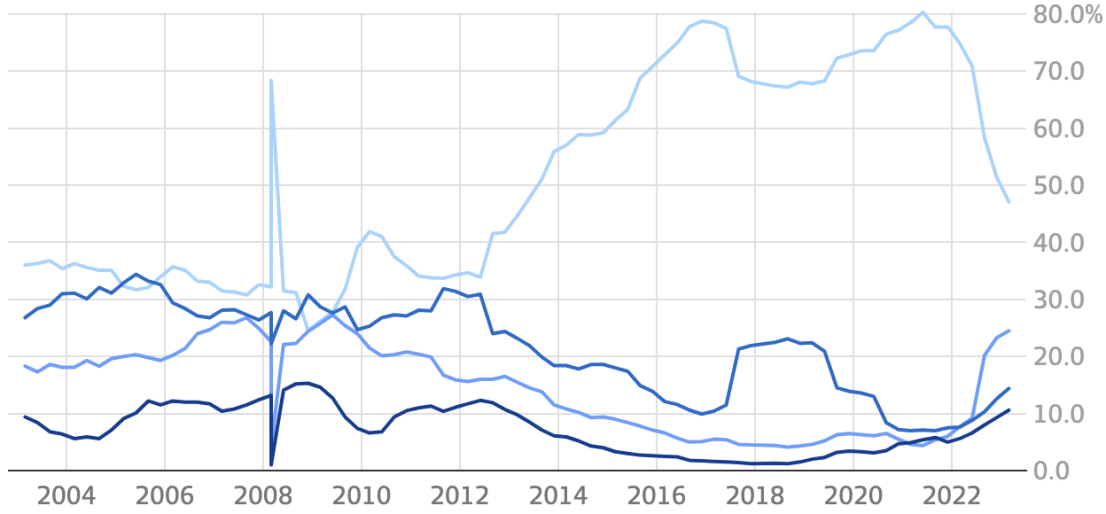
The chances of a June rate rise have slimmed amid evidence that wages pressures peaked last year, even as private sector workers take advantage of Australia’s tight jobs market to score the biggest pay rises since the global financial crisis.
Annual wages growth hit a decade-high of 3.7 per cent in the March quarter, driven by strong growth in private sector pay packets, which are 3.8 per cent higher over the year, the Australian Bureau of Statistics said on Wednesday.
Despite the strength in private sector pay, economists said the latest wage price report was unlikely to force the RBA to lift interest rates at its June 6 meeting. Wages increased by 0.8 per cent in the first three months of the year, below market expectations of 0.9 per cent growth and weaker than the June and September quarters last year.
Markets pared back expectations for a near-term increase in the cash rate, currently 3.85 per cent, after the highly anticipated data report. They now put a 50 per cent chance on an interest rate rise by August, down from 60 per cent before the release of the wage price index. The probability of a move in June is negligible.
The prospect of a rate rise as soon as next month became more likely after the release on Tuesday of the minutes of the RBA’s May 2 meeting, which revealed the central bank’s growing concern that flatlining productivity could make forecast rates of wages growth inconsistent with low inflation.
Pay rises for workers on individual agreements were the main driver of wages growth, contributing to almost 60 per cent of the boost to salaries in the year ended March 31.
About 14 per cent of private sector employees received pay rises in March, which was in line with the pre-pandemic average. Workers who got a pay bump had an average 4.3 per cent wage increase, the highest rate since at least 2010.
About one in 10 workers who had a pay bump got an increase above 6 per cent, while one in four employees received an increase between 4 per cent and 6 per cent. The proportion of pay rises in the 0 to 3 per cent range has declined to 47 per cent from 80 per cent in mid-2021.
Employers have also made increasing use of bonuses. Private sector wages including one-off remuneration increased 4.1 per cent in the past 12 months.
JPMorgan chief economist Ben Jarman said there was evidence that wage pressures were moderating, with the two strongest quarterly wages prints recorded mid-last year.
“On net, today’s data suggest that the peak in quarterly growth is past, making the prospect of sustained target-inconsistent growth rates less likely, though the strength is becoming more broad-based,” Dr Jarman said.
“Still, the Fair Work Commission’s minimum wage decision lies ahead in June and will probably add a bit more inflationary risk premium to the RBA outlook.”
HSBC chief economist Paul Bloxham said the past couple of quarters of data showed wages growth was not accelerating further.
“For instance, 13 out of 18 industries experienced a slowing in the pace of quarterly wages growth,” Mr Bloxham said.
“Wages in accommodation and food services, arguably one of the industries that was most exposed to the labour shortages late last year, only grew by 0.1 per cent in the quarter, down from 1.7 per cent in the previous quarter.”
Public sector wages growth appears to be accelerating after a long period of underperformance, increasing 0.9 per cent in January-March, to be 3 per cent higher over the year.
CBA economist Belinda Allen expects government salaries to strengthen further.
“We expect stronger public sector wages to continue over coming quarters as longstanding wage caps are lifted, and enterprise bargaining agreements are reset at higher rates of pay as they expire,” she said.
The Albanese government offered more than 160,000 public sector workers a 10.5 per cent pay rise on Tuesday, delivering 4 per cent in the first year, 3.5 per cent in the second year and 3 per cent in the third.
Employees in the education and training industry received the largest pay rise in March, recording an average wage increase of 1.5 per cent.
Even though wages growth has picked up sharply in the past 12 months, high inflation means workers further slide backwards in real terms.
NAB economist Taylor Nugent said the latest report would give the RBA more confidence that wages growth is stabilising.
“At face value that is likely to keep the RBA characterising the Australian wages outlook as a point of difference to offshore and keep the RBA on the sidelines in June,” Mr Nugent said.
While the RBA expects nominal wages growth to accelerate to 4 per cent by the end of the year, it is increasingly concerned that lacklustre productivity growth rates will mean salary increases of this magnitude will push inflation higher.
In the minutes of the May 2 board meeting, the RBA noted that its forecast for inflation to fall to 3 per cent by mid-2025 was predicated on productivity growth returning to about the modest pace recorded before the pandemic.
“If this did not occur, growth in unit labour costs would be uncomfortably fast,” the minutes said.
Without an increase in productivity, nominal wage rises of 3.5 per cent to 4 per cent would be inconsistent with the inflation target, and raise the prospect of further interest rate rises.
Treasurer Jim Chalmers and Workplace Relations Minister Tony Burke said wages growth was not the problem when it comes to inflation.
“It’s part of the solution to the cost-of-living pressures Australians face,” a joint ministerial release said.
Labour productivity, represented by the level of output produced per hour of work, is the same today as it was three years ago, after falling 4.2 per cent from its peak in March last year.
Higher productivity growth allows the economy to expand faster without generating inflation, and it is also the dominant driver of real wages growth over the long term.



